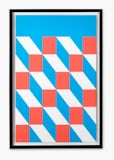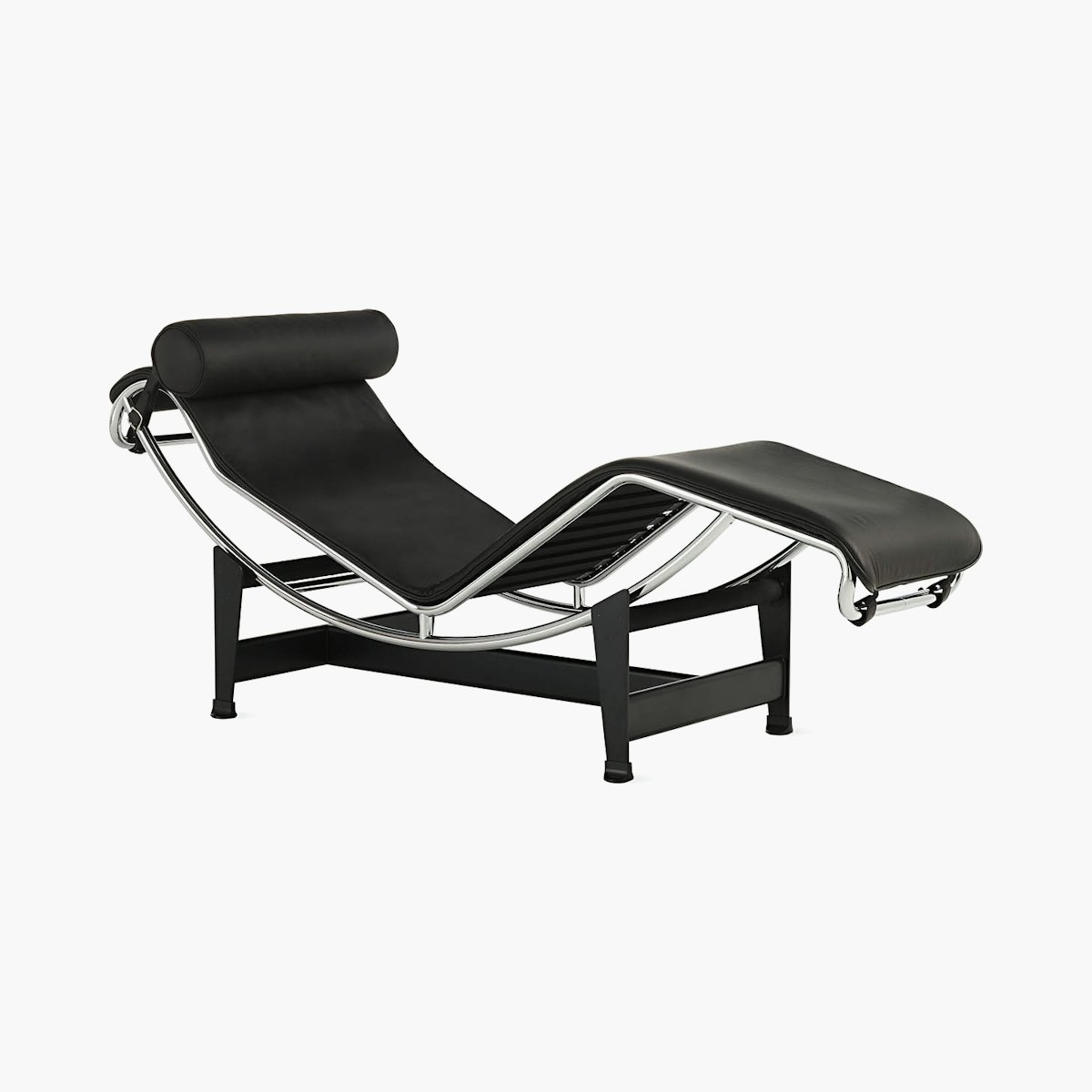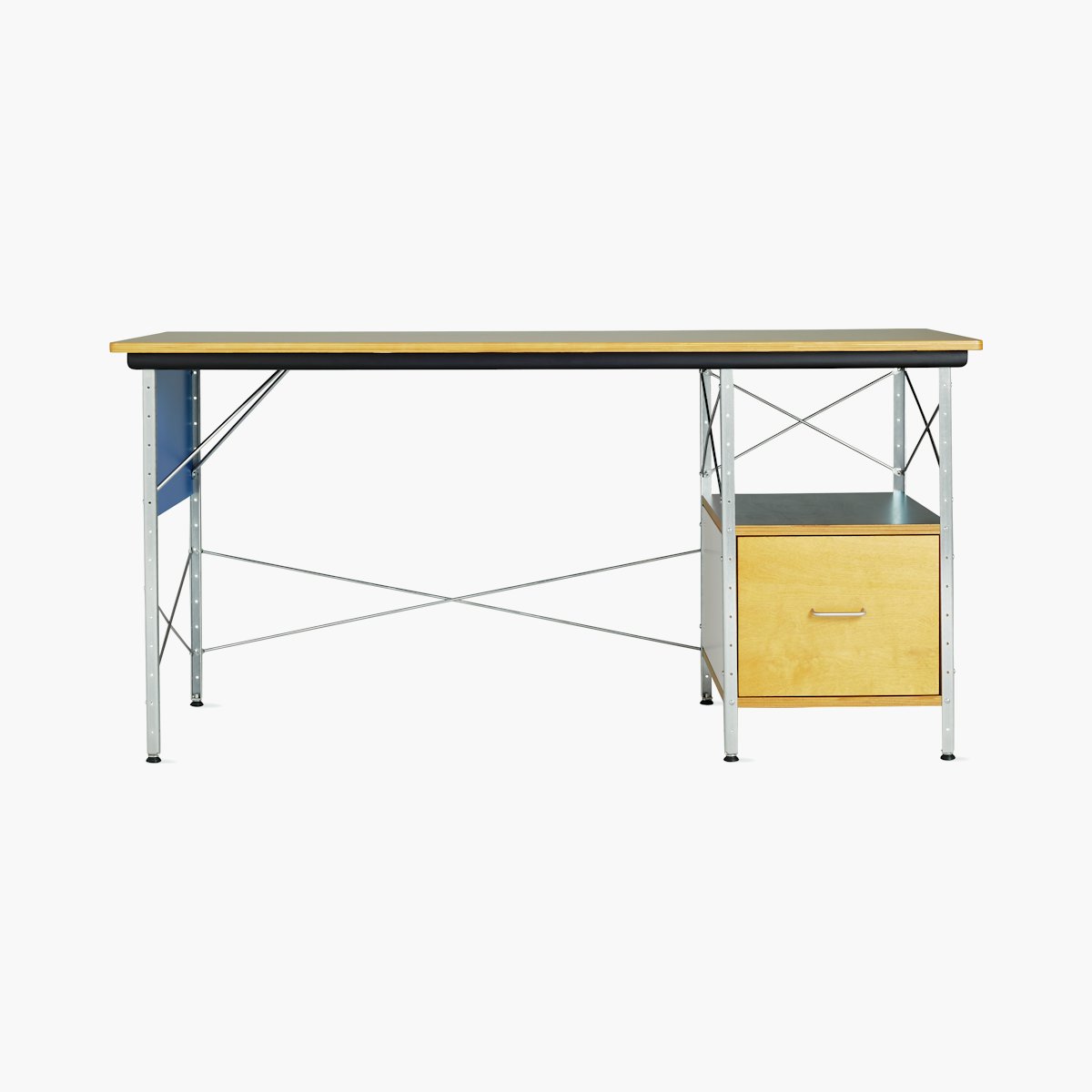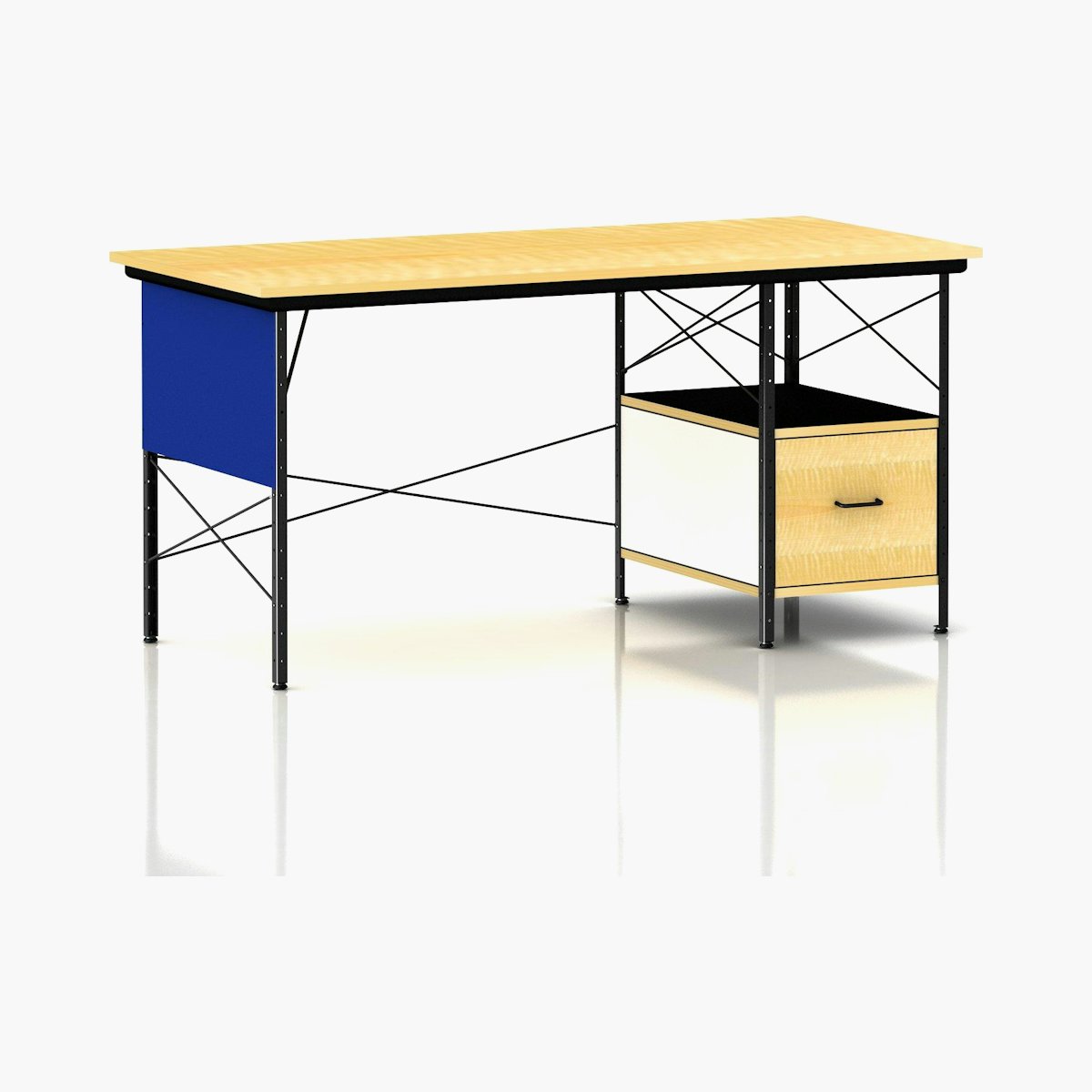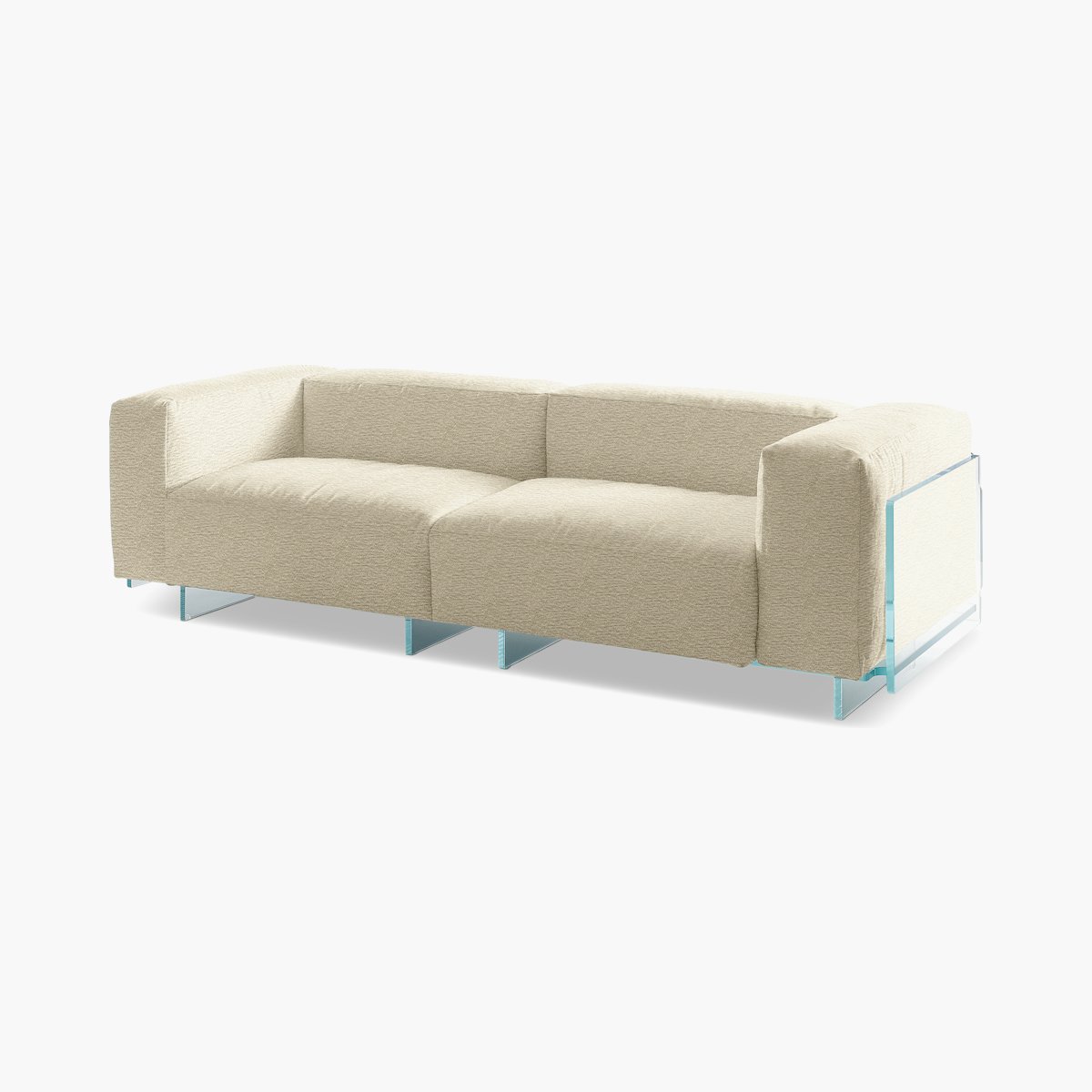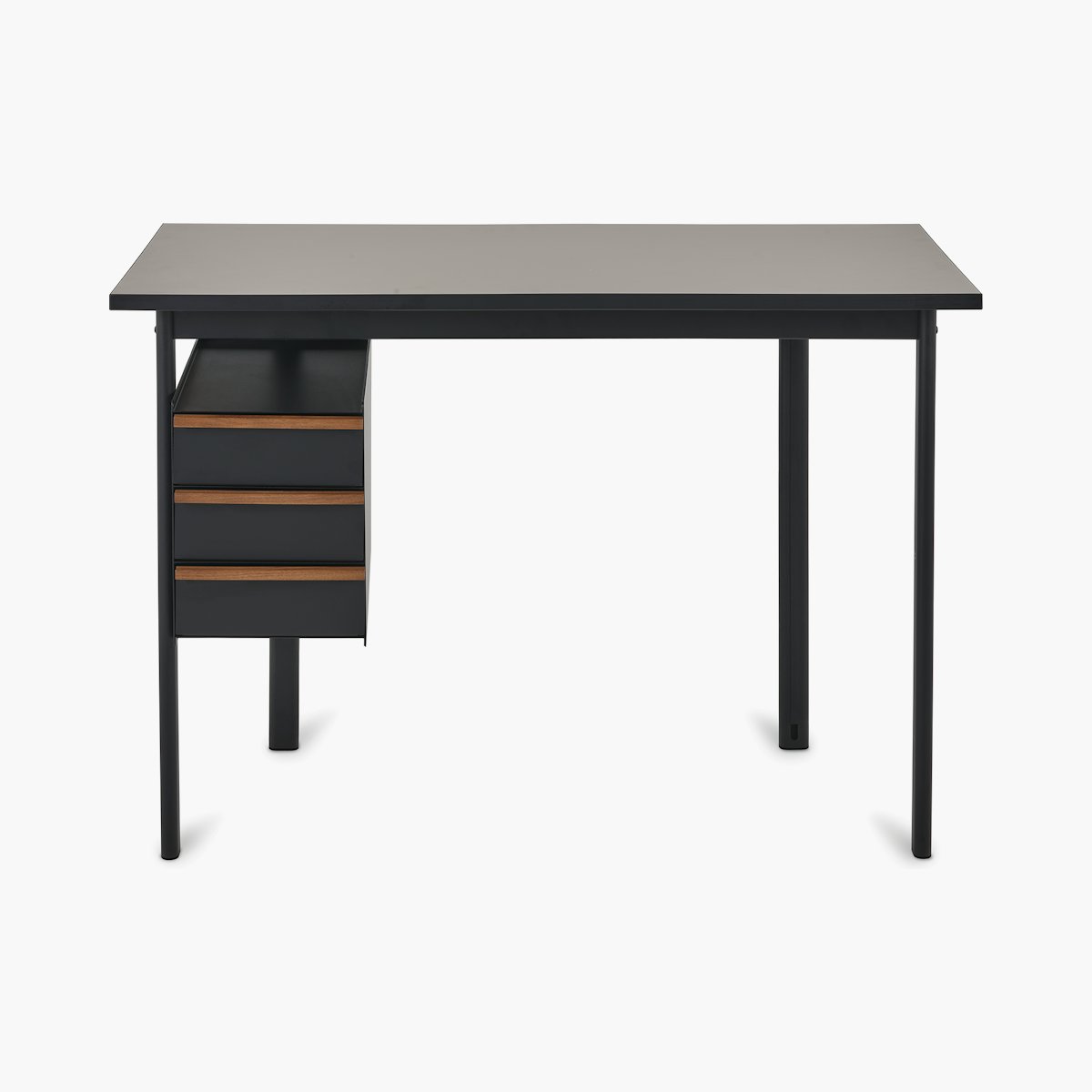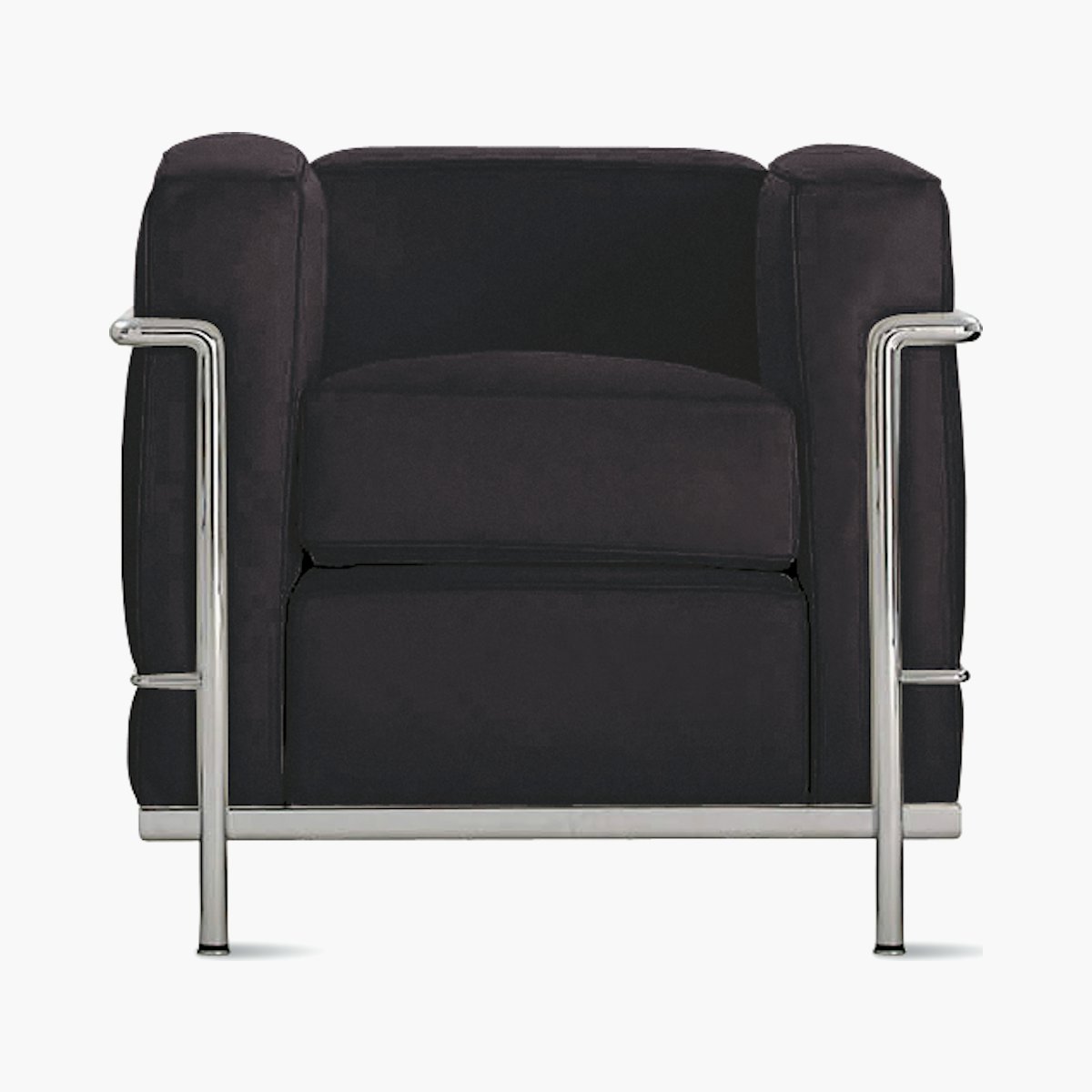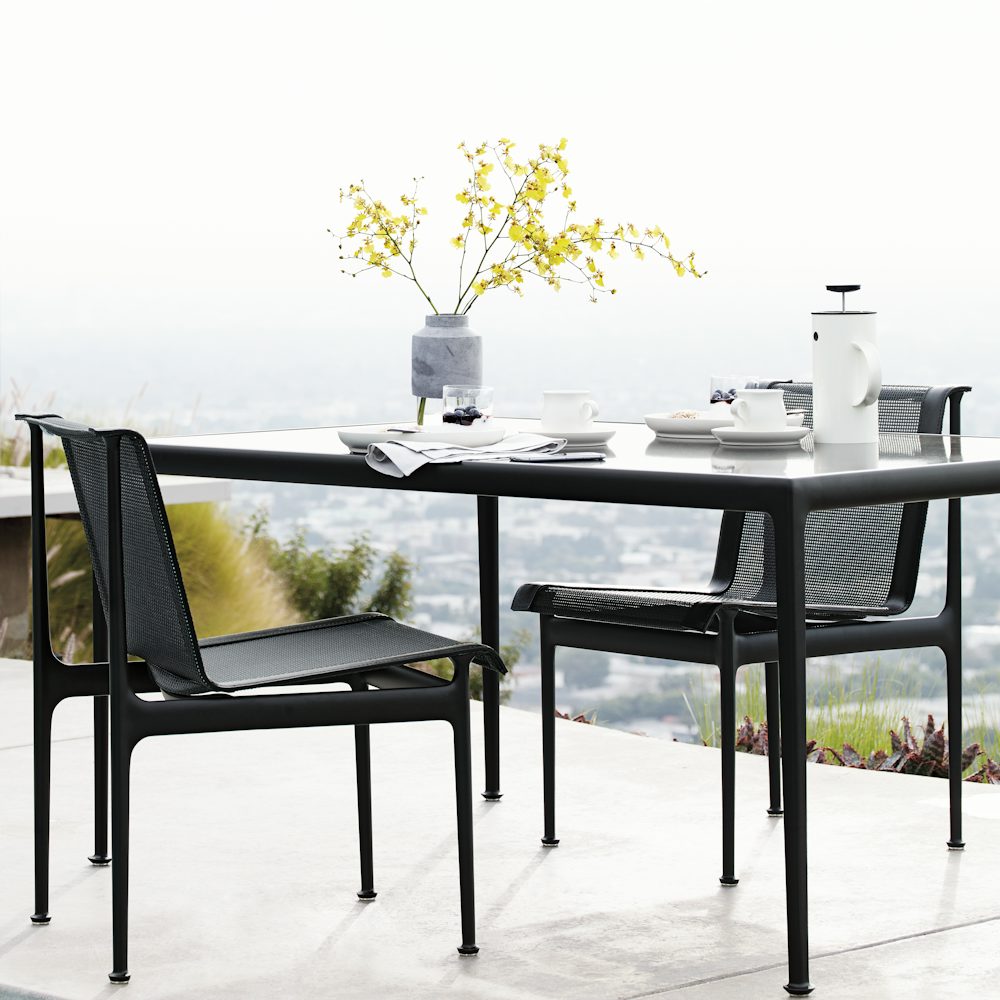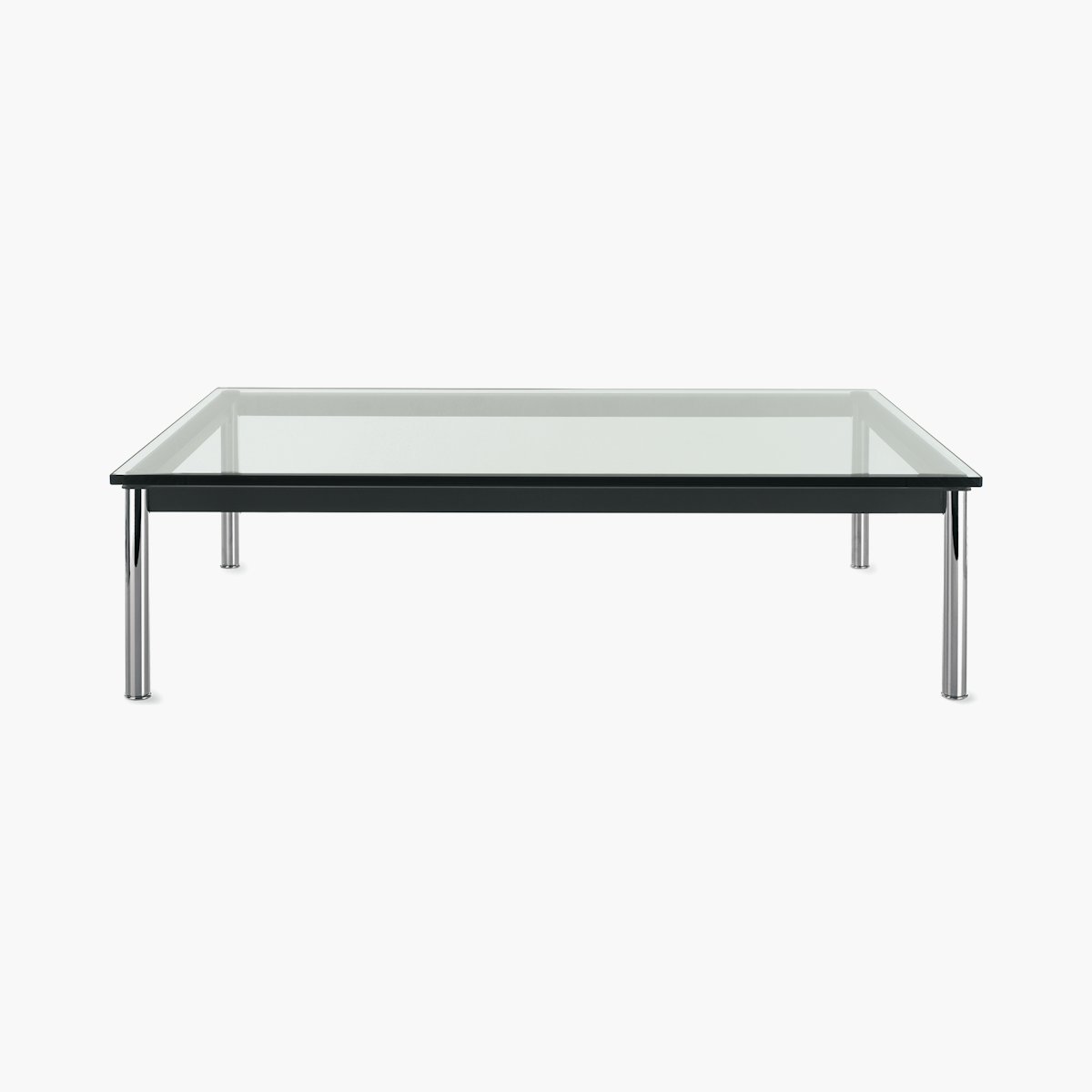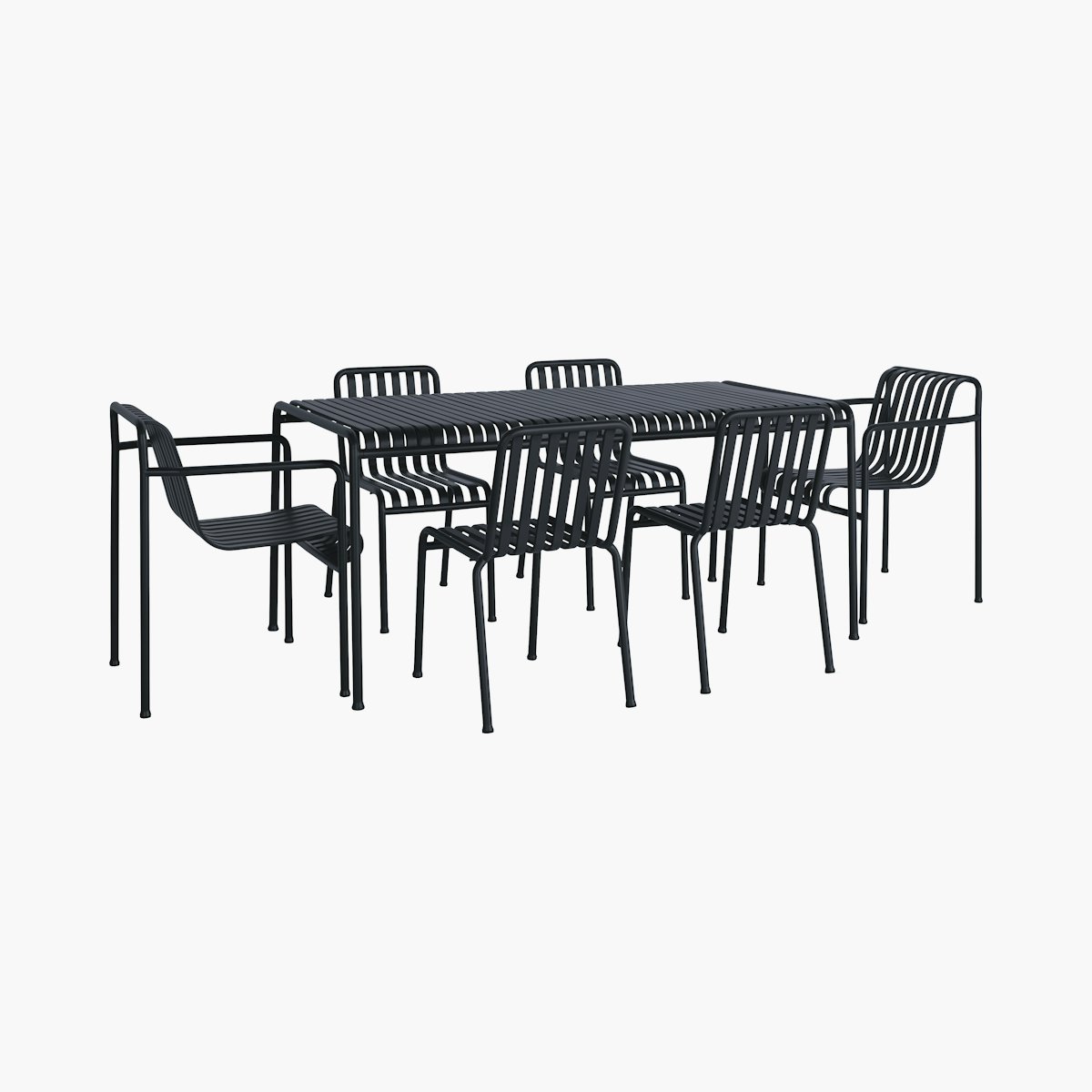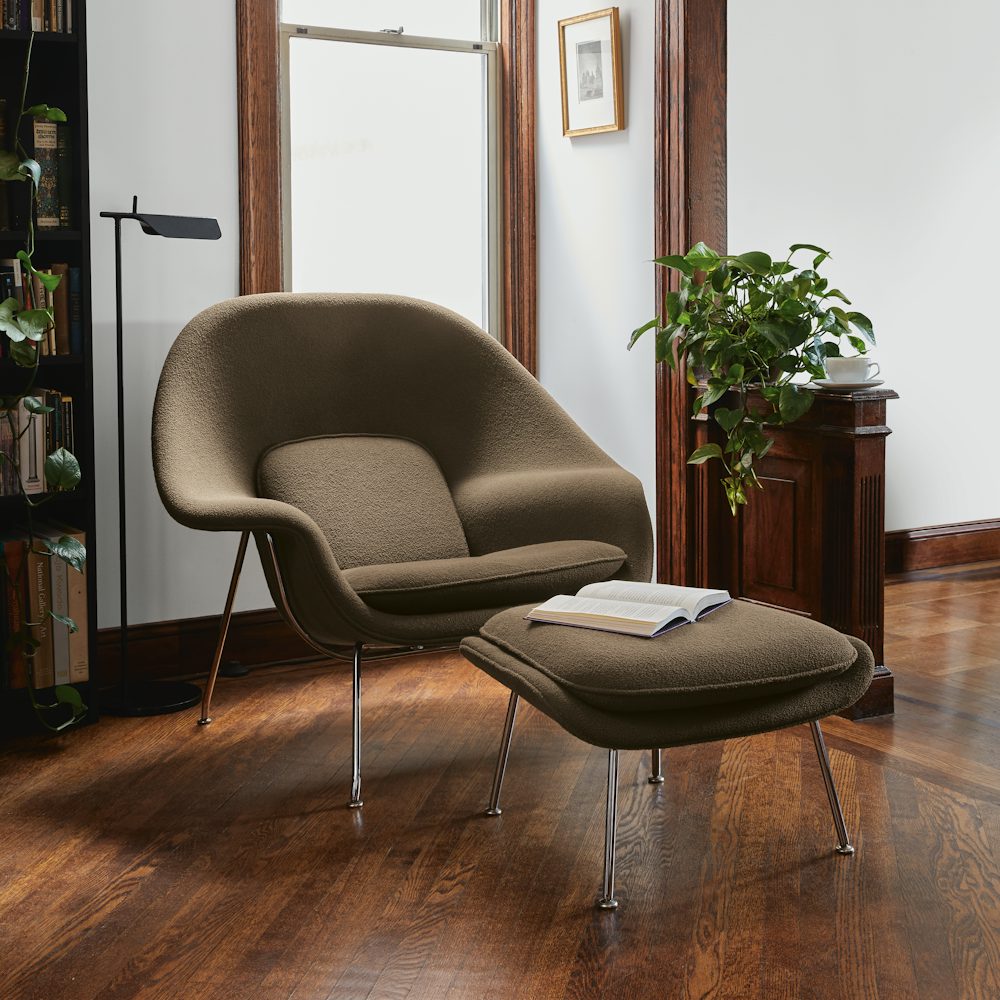Bauhaus Industrial
The foundation of modernism, the Bauhaus movement of the 1920s rejected the ornate and ornamental in favor of the functional, paring design to its essence and pioneering the use of steel, glass, and concrete. Le Corbusier and Mies van der Rohe were the standard-bearers of a revolutionary movement that continues to influence architects and designers today.
Elements of the style
Industrial materials such as steel, concrete, and glass mixed with luxe materials such as leather
Clean lines, rectilinear forms, and emphasis on function without frills
Open-plan spaces with large expanses of glass that are stripped of architectural ornamentation
A spare, neutral palette of black, white, and grey sparked with touches of saturated color
“Less is more.”
—
Ludwig Mies van der Rohe

Defining designs
View



